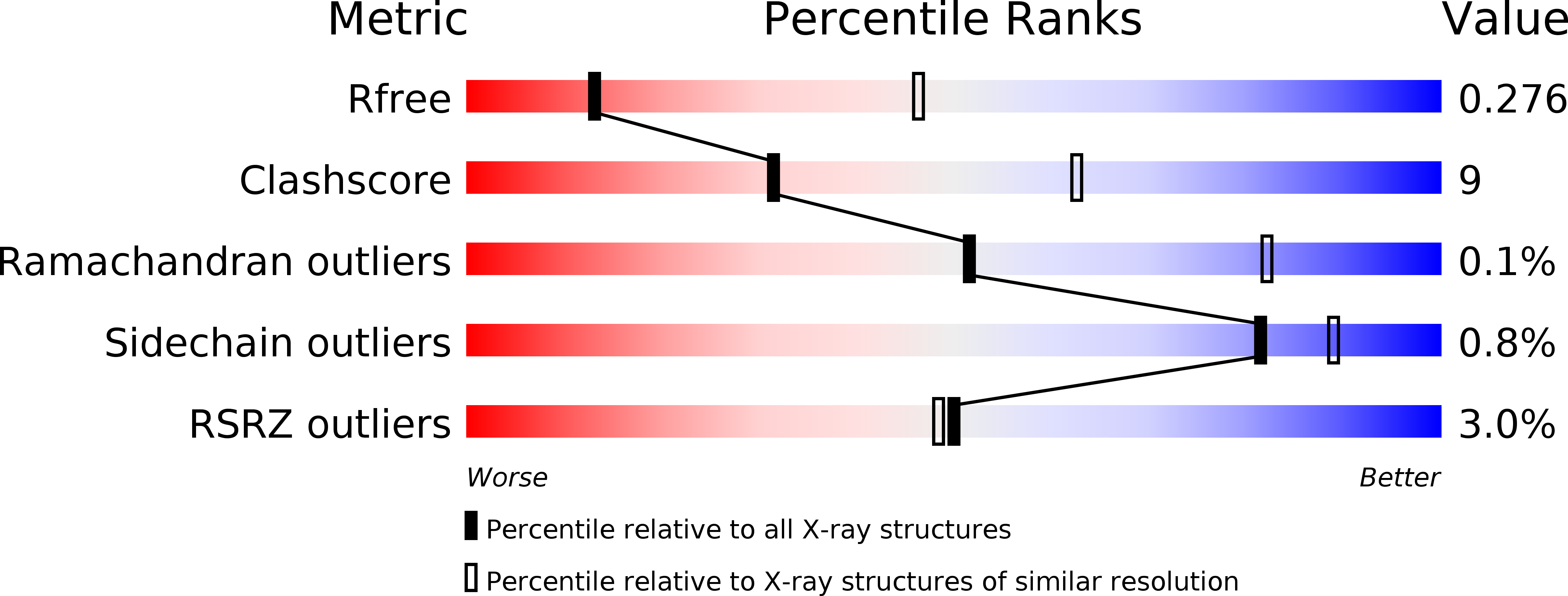
Deposition Date
2013-10-09
Release Date
2014-01-22
Last Version Date
2024-10-16
Entry Detail
Biological Source:
Source Organism:
Saccharomyces cerevisiae (Taxon ID: 559292)
Host Organism:
Method Details:
Experimental Method:
Resolution:
3.25 Å
R-Value Free:
0.27
R-Value Work:
0.23
R-Value Observed:
0.24
Space Group:
P 1


